Market Growth Projections
The Global Stationary Lead Acid Battery Market Industry is poised for substantial growth, with projections indicating a market value of 21.9 USD Billion in 2024 and an anticipated increase to 40.5 USD Billion by 2035. The compound annual growth rate of 5.76% from 2025 to 2035 suggests a robust expansion trajectory. This growth is driven by various factors, including the rising demand for energy storage solutions, regulatory support, and technological advancements. The market's evolution reflects the increasing reliance on stationary lead acid batteries across multiple sectors, positioning it as a critical component of future energy strategies.
Increasing Industrial Applications
The Global Stationary Lead Acid Battery Market Industry is witnessing a rise in demand from various industrial sectors. Industries such as manufacturing, mining, and data centers require dependable power solutions to ensure operational continuity. Stationary lead acid batteries serve as a critical backup power source, particularly in environments where power reliability is paramount. As industrial activities expand globally, the need for robust energy storage solutions is likely to increase. This trend is expected to contribute significantly to the market's growth, aligning with the projected increase in market value over the next decade.
Rising Adoption in Telecommunications
Telecommunications infrastructure relies heavily on uninterrupted power supply, which propels the Global Stationary Lead Acid Battery Market Industry forward. These batteries are essential for backup power in telecom towers, ensuring continuous service during outages. The increasing number of mobile subscribers and the expansion of 5G networks necessitate reliable energy solutions, which stationary lead acid batteries provide. As a result, the market is expected to grow significantly, with projections suggesting a value of 40.5 USD Billion by 2035. This growth reflects the critical role of these batteries in maintaining telecommunications operations globally.
Growing Demand for Renewable Energy Storage
The Global Stationary Lead Acid Battery Market Industry experiences a surge in demand driven by the increasing need for renewable energy storage solutions. As countries worldwide strive to meet renewable energy targets, stationary lead acid batteries provide a reliable means of storing energy generated from solar and wind sources. This trend is particularly evident in regions like Europe and North America, where investments in renewable infrastructure are on the rise. The market is projected to reach 21.9 USD Billion in 2024, indicating a robust growth trajectory as more industries and households adopt these energy storage systems.
Technological Advancements in Battery Design
Innovations in battery technology are transforming the Global Stationary Lead Acid Battery Market Industry. Enhanced designs and manufacturing processes are leading to improved efficiency, longer life cycles, and reduced maintenance requirements for stationary lead acid batteries. These advancements not only increase the appeal of these batteries for various applications but also contribute to cost reductions. As industries seek more reliable and efficient energy storage solutions, the adoption of advanced stationary lead acid batteries is likely to rise. This trend is expected to further bolster the market's growth in the coming years.
Regulatory Support for Energy Storage Solutions
Government policies and regulations play a pivotal role in shaping the Global Stationary Lead Acid Battery Market Industry. Many countries are implementing incentives and subsidies to promote energy storage technologies, including stationary lead acid batteries. These initiatives aim to enhance grid stability and support the integration of renewable energy sources. For instance, various regions are establishing frameworks that encourage the deployment of energy storage systems, thereby driving market growth. The anticipated compound annual growth rate of 5.76% from 2025 to 2035 underscores the positive impact of regulatory support on the industry.


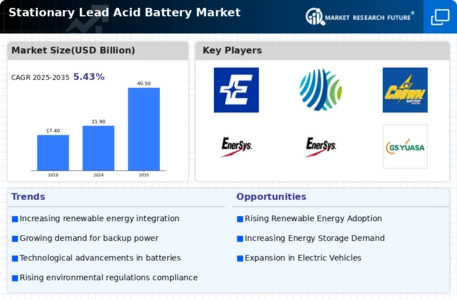

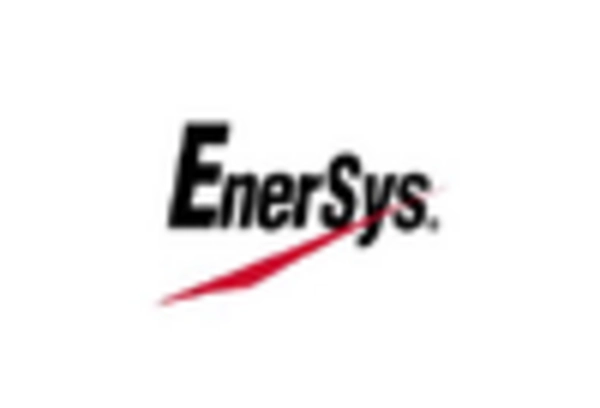

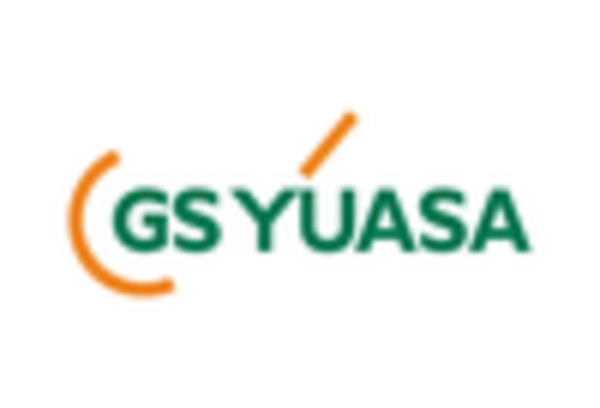
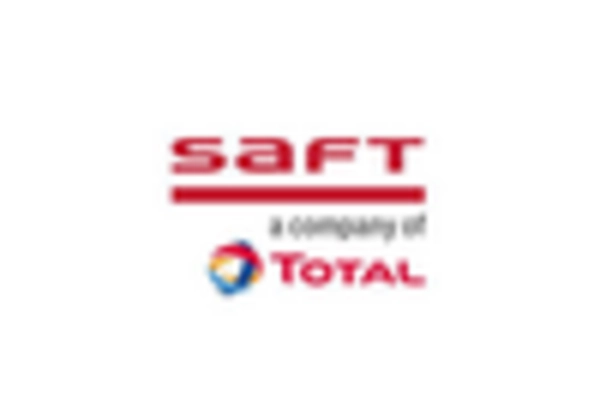
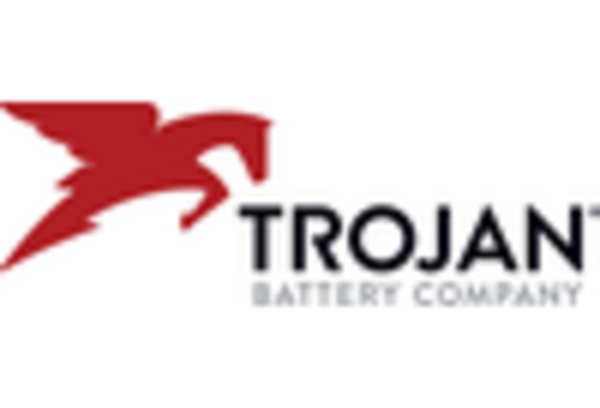








Leave a Comment